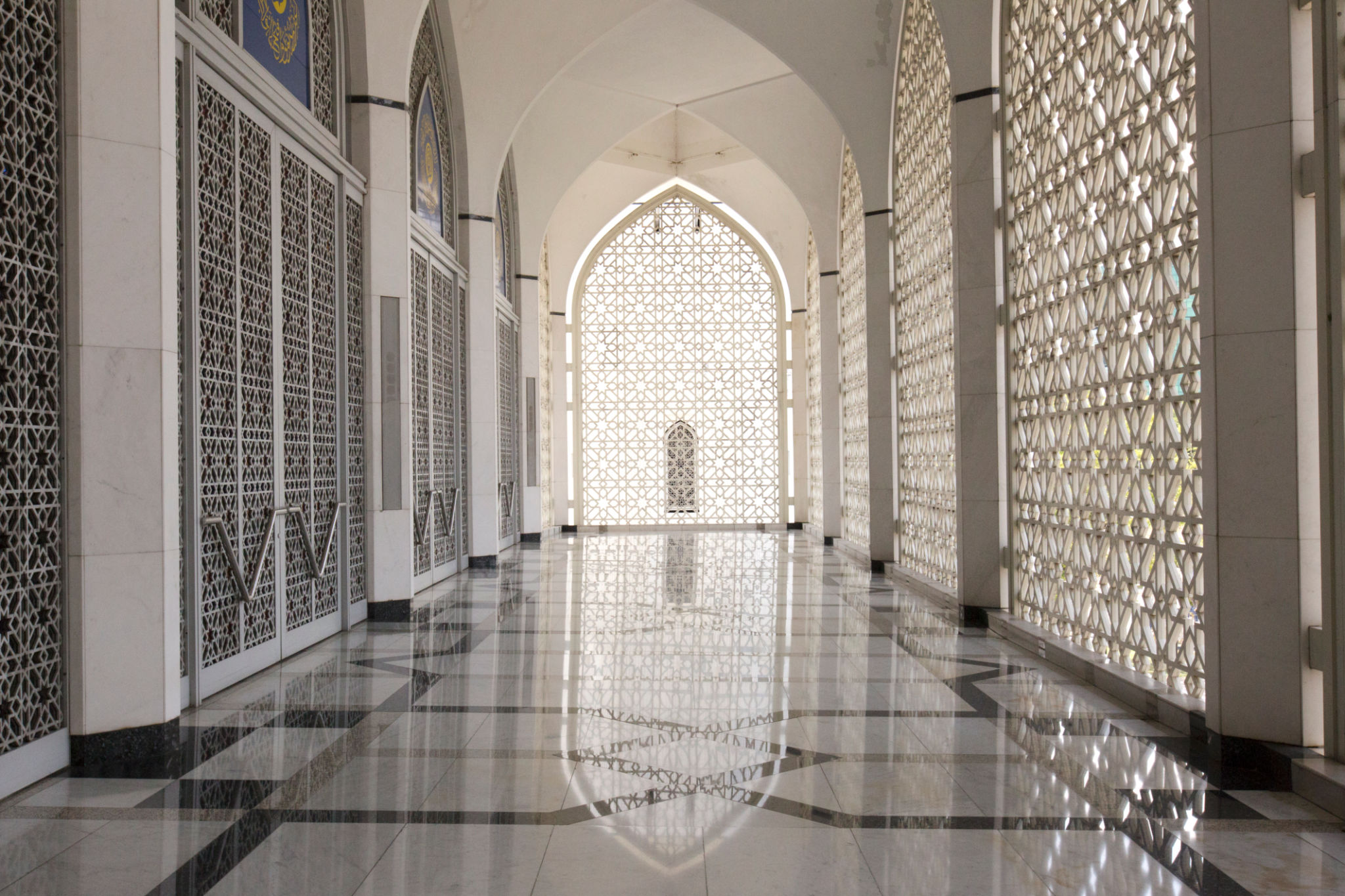How Metro Vancouver's Climate Influences Mosque Architecture and Design
Understanding the Impact of Climate on Mosque Architecture
Metro Vancouver, with its unique geographical setting and temperate climate, poses distinct challenges and opportunities for architectural design. When it comes to mosque architecture, these factors play a crucial role in shaping both the aesthetics and functionality of these religious structures. The region's climate influences everything from material selection to structural design, ensuring that mosques are well-suited to withstand the local weather conditions.
In Metro Vancouver, the climate is characterized by mild, wet winters and relatively dry summers. This climatic pattern requires architects to consider moisture management and thermal efficiency when designing mosques. The need to balance traditional Islamic architectural elements with modern sustainability practices is key to creating functional and enduring spaces for worship.

Material Selection for Durability and Sustainability
The selection of building materials is a critical aspect of mosque design in Metro Vancouver. Given the region's high levels of precipitation, materials must be chosen for their durability and ability to resist water damage. Commonly used materials include reinforced concrete and treated wood, which offer resilience against the damp conditions.
Additionally, the emphasis on sustainability has led to the incorporation of eco-friendly materials and construction techniques. This not only minimizes environmental impact but also aligns with the Islamic principle of stewardship over the earth. Green roofs, solar panels, and rainwater harvesting systems are examples of elements that can be integrated into mosque designs to enhance sustainability.
Incorporating Traditional and Modern Design Elements
Mosque architecture in Metro Vancouver often reflects a blend of traditional Islamic design elements and modern architectural innovations. This fusion is not only aesthetically pleasing but also functional, addressing the specific needs imposed by the local climate. For instance, large windows are designed to maximize natural light while being strategically placed to minimize heat loss during colder months.

The use of geometric patterns and calligraphy remains a staple in mosque interiors, providing a cultural connection to Islamic heritage. These elements are often adapted in ways that respect both traditional values and contemporary design principles, ensuring that mosques serve as community landmarks that are both beautiful and practical.
Adapting Architectural Features for Functionality
To accommodate Metro Vancouver's rainy climate, architects often incorporate features such as overhanging eaves and sloped roofs in mosque designs. These elements help direct rainwater away from the building's foundations and prevent water ingress. Efficient drainage systems are also essential to manage the high levels of rainfall common in the region.
Moreover, the interior design of mosques is thoughtfully planned to ensure comfort throughout the year. The use of underfloor heating systems can provide warmth during winter months, while natural ventilation helps keep interiors cool in summer. These features ensure that mosques remain welcoming spaces for worshippers regardless of seasonal changes.

Community Engagement and Cultural Significance
Mosques in Metro Vancouver are not just places of worship; they are vital community hubs that reflect the cultural diversity of the region. The architectural design of these mosques often includes multipurpose spaces that can host community events, educational programs, and social gatherings.
By blending climate-responsive design with community-focused features, mosques in Metro Vancouver can effectively serve their congregations while standing as symbols of cultural heritage and identity. The thoughtful integration of traditional and contemporary elements ensures these structures are both resilient to climate conditions and resonant with their cultural significance.